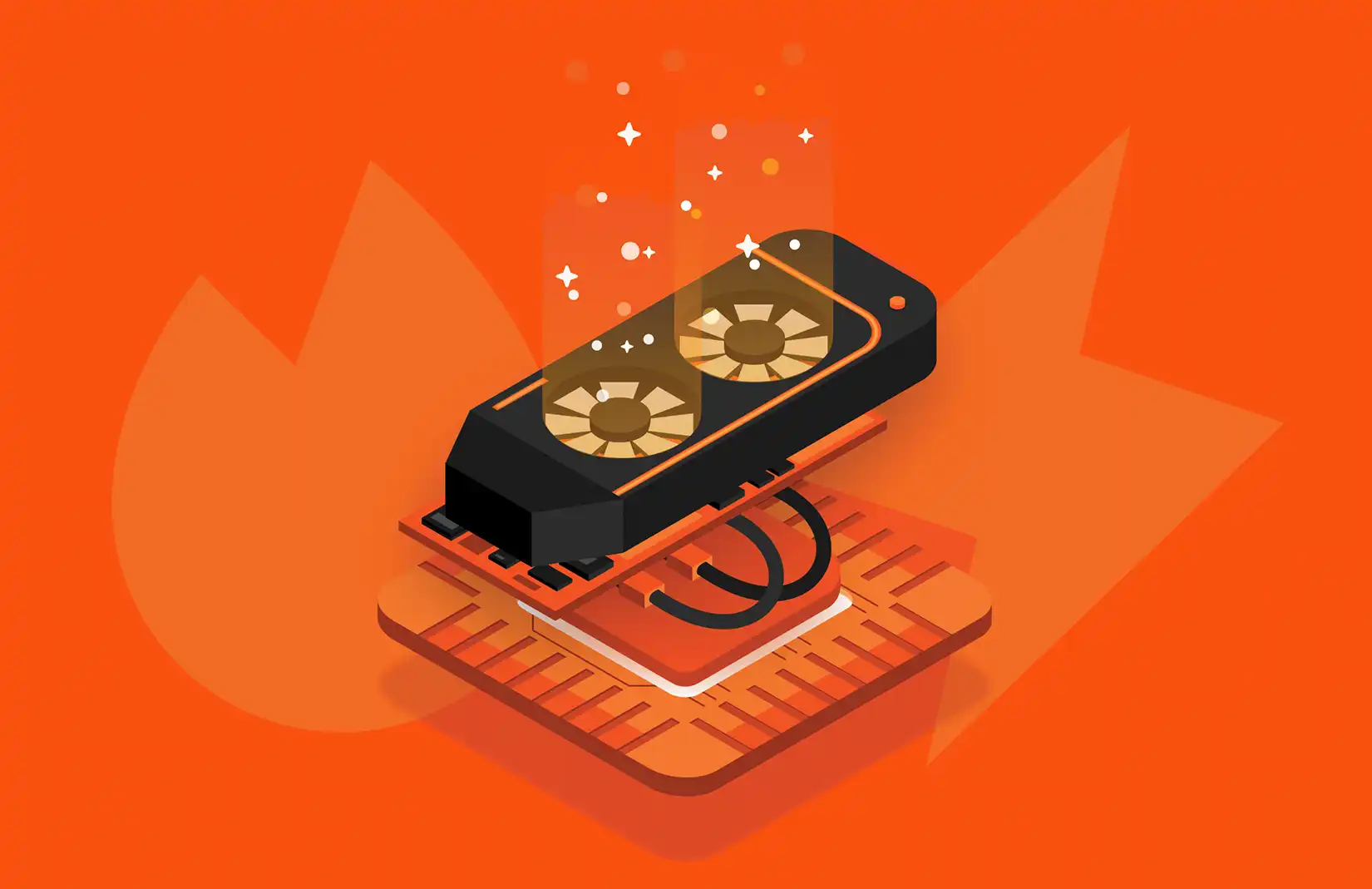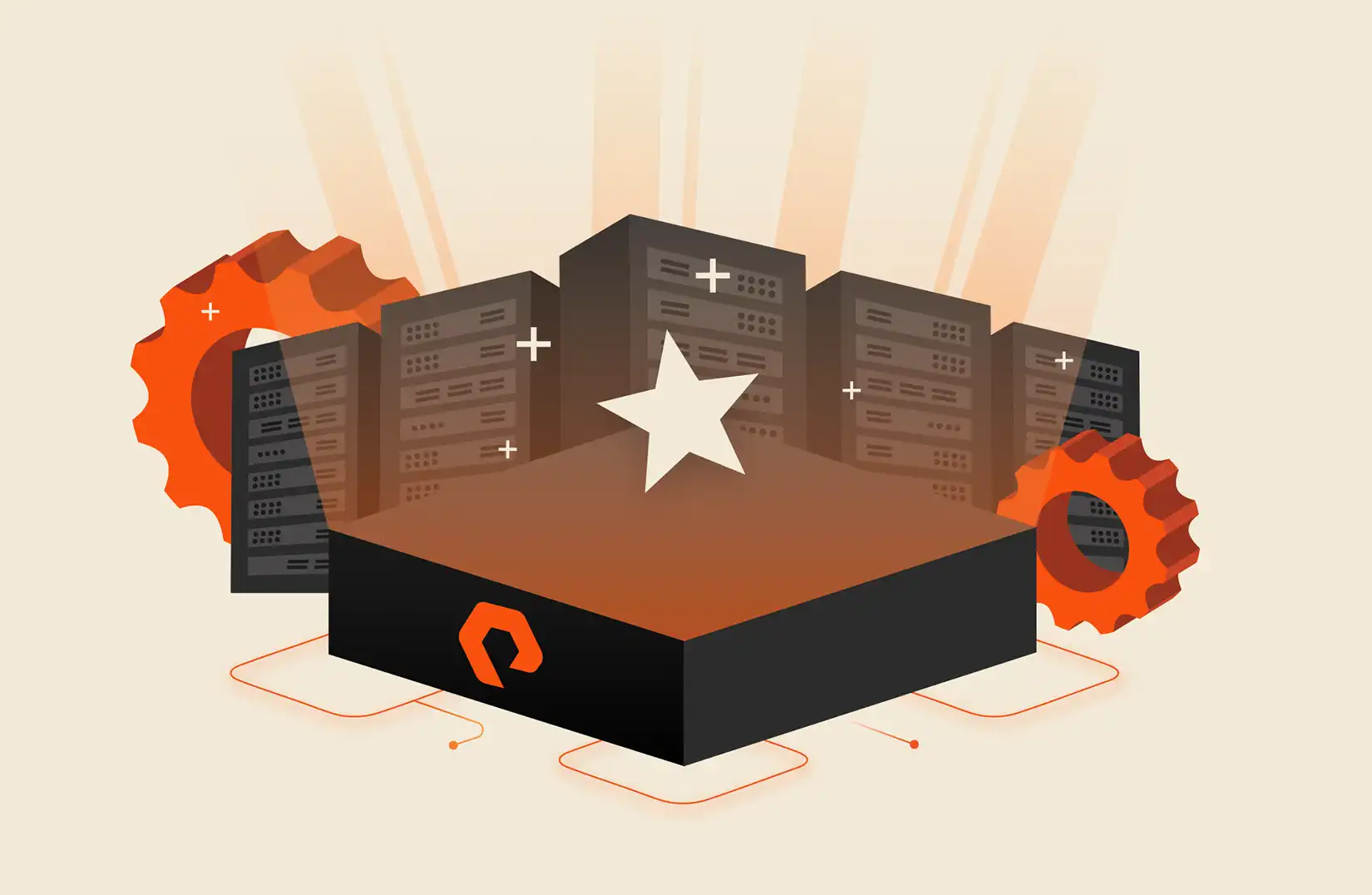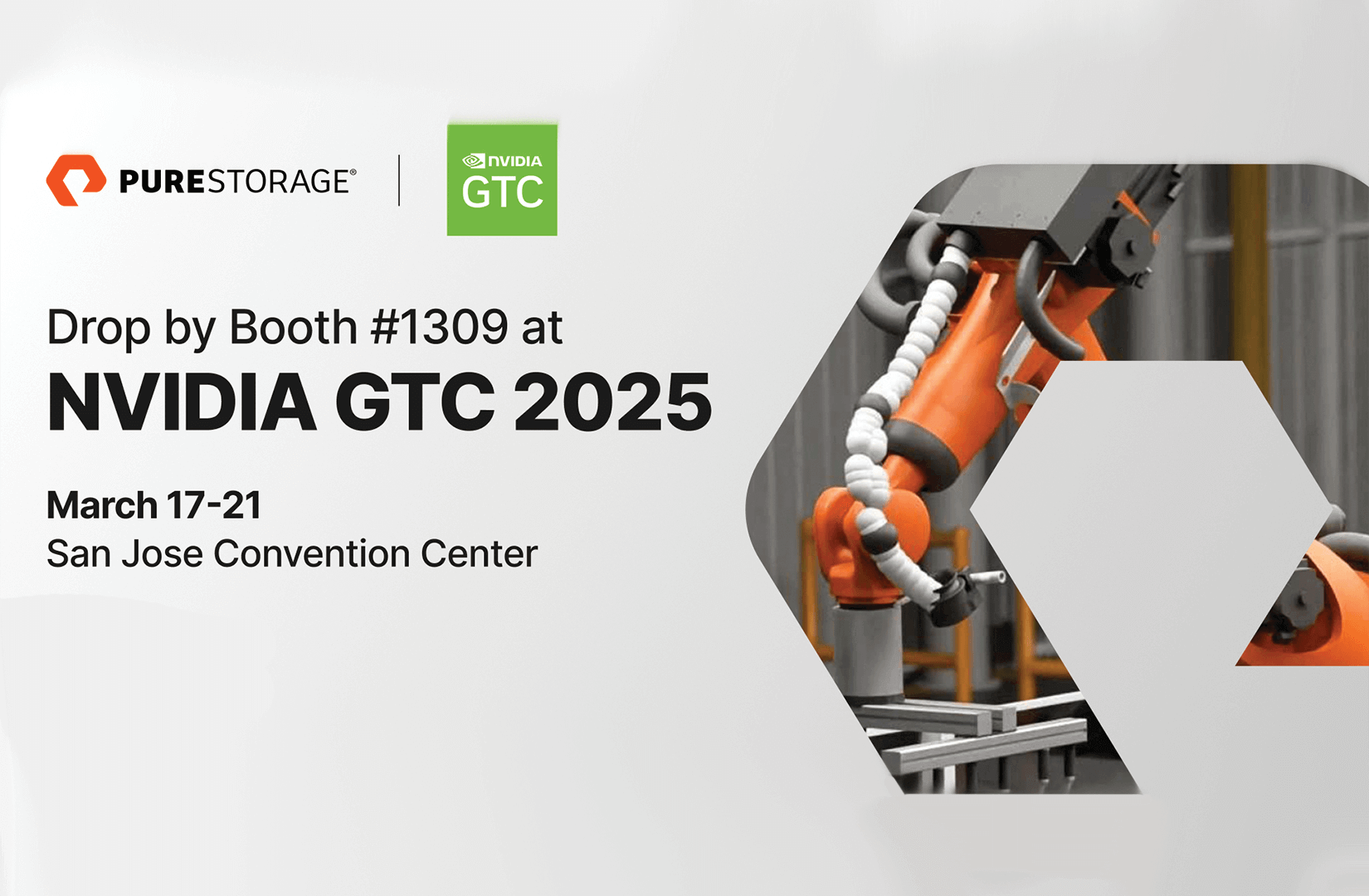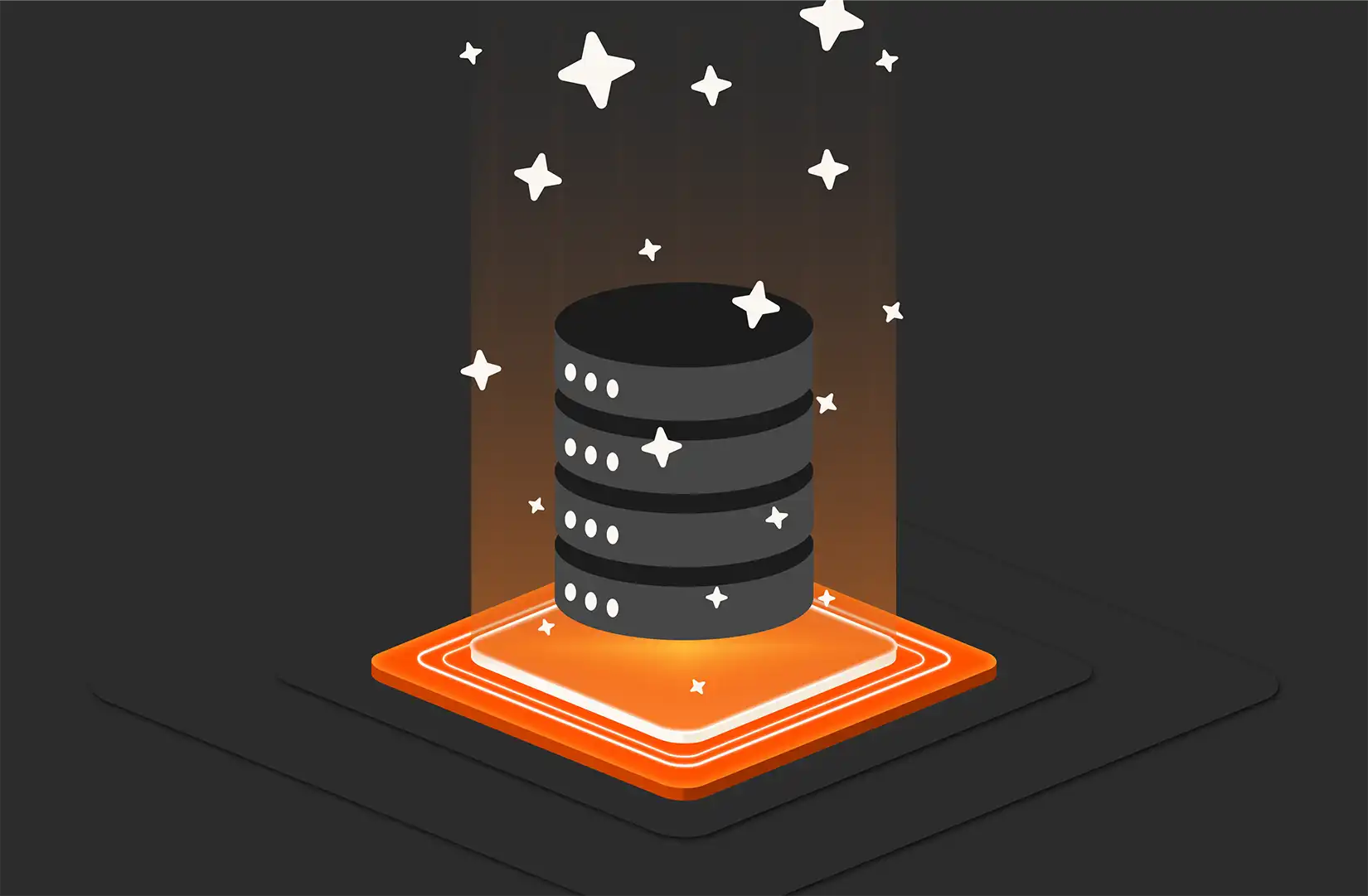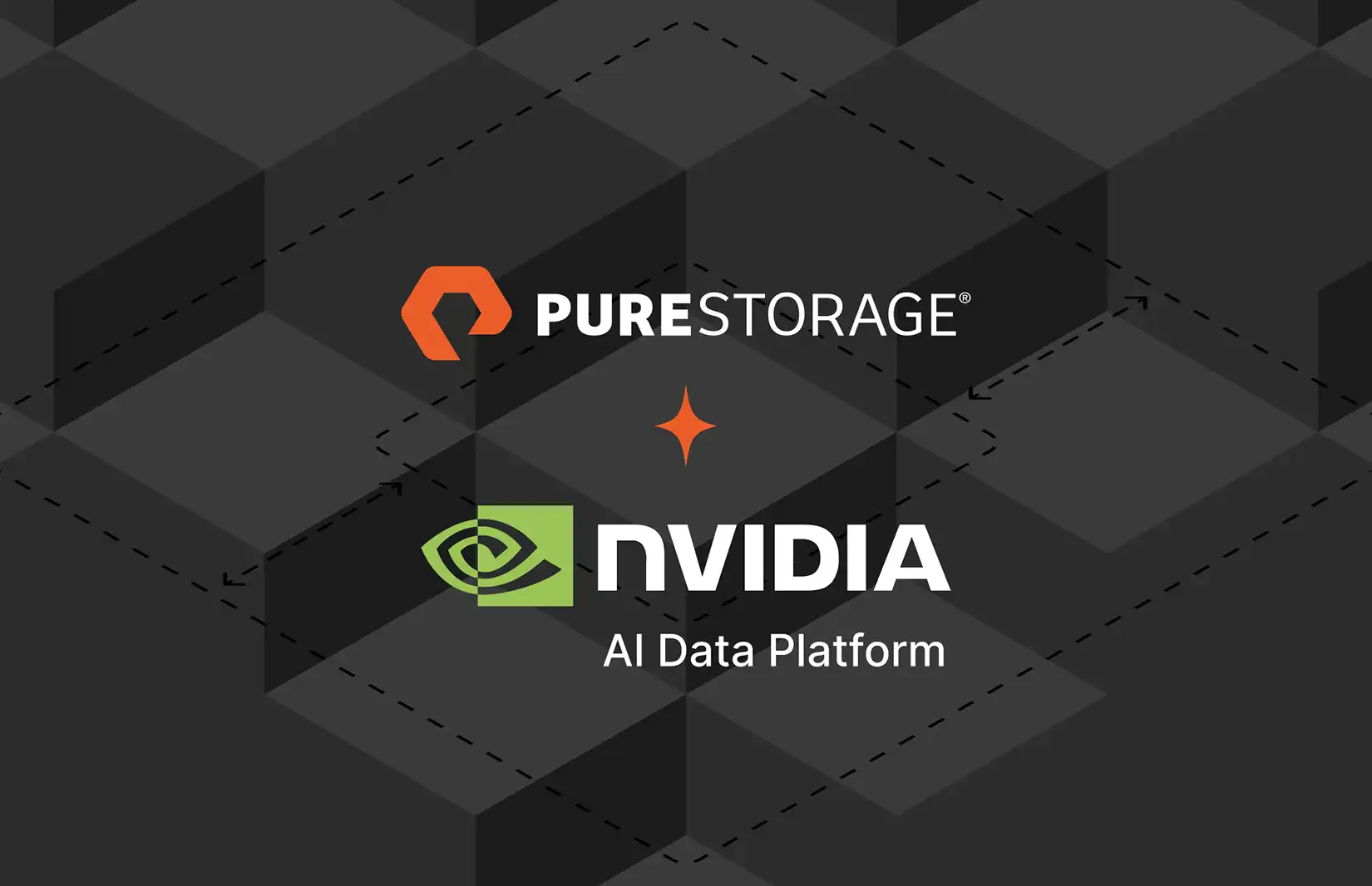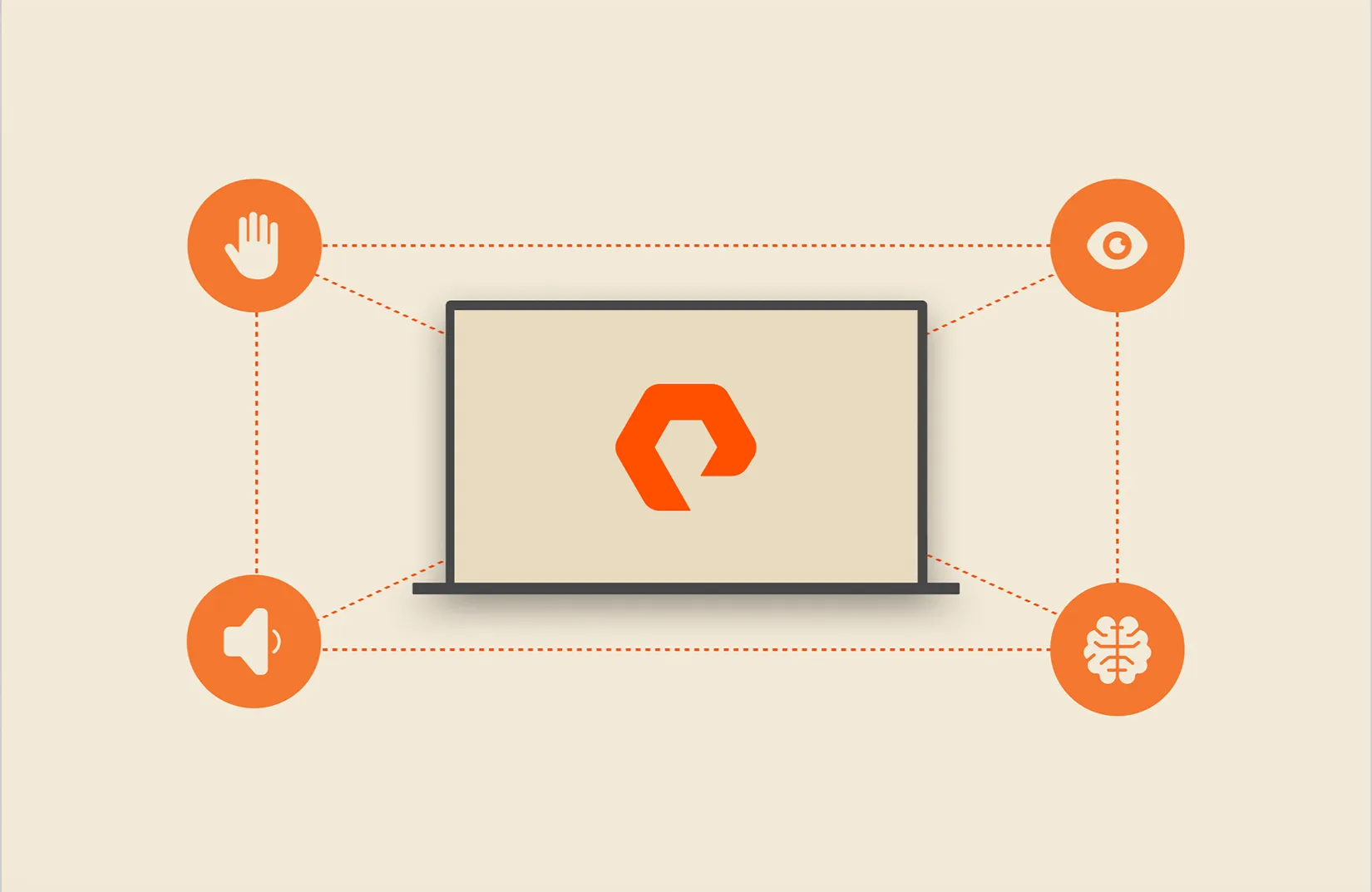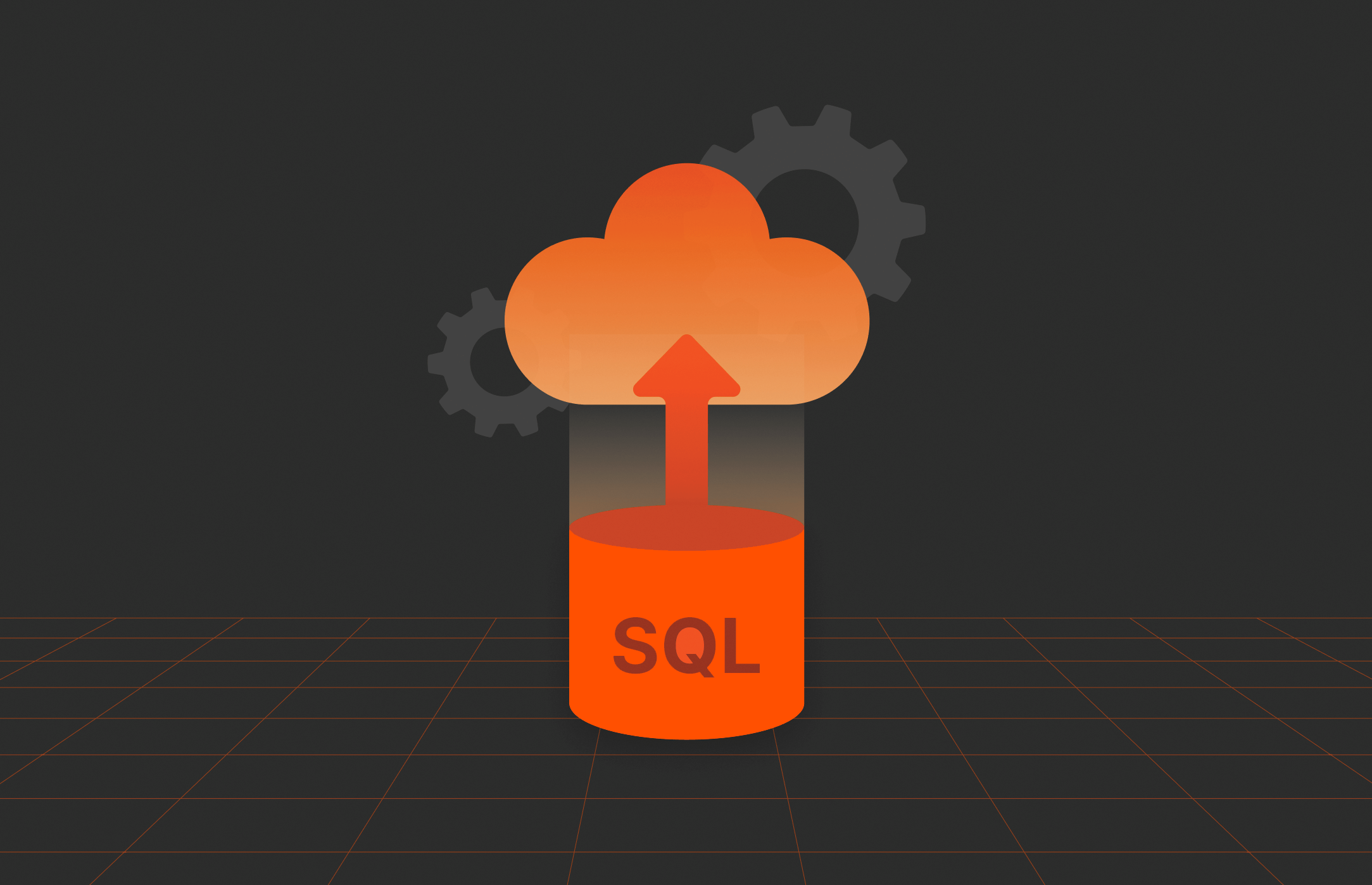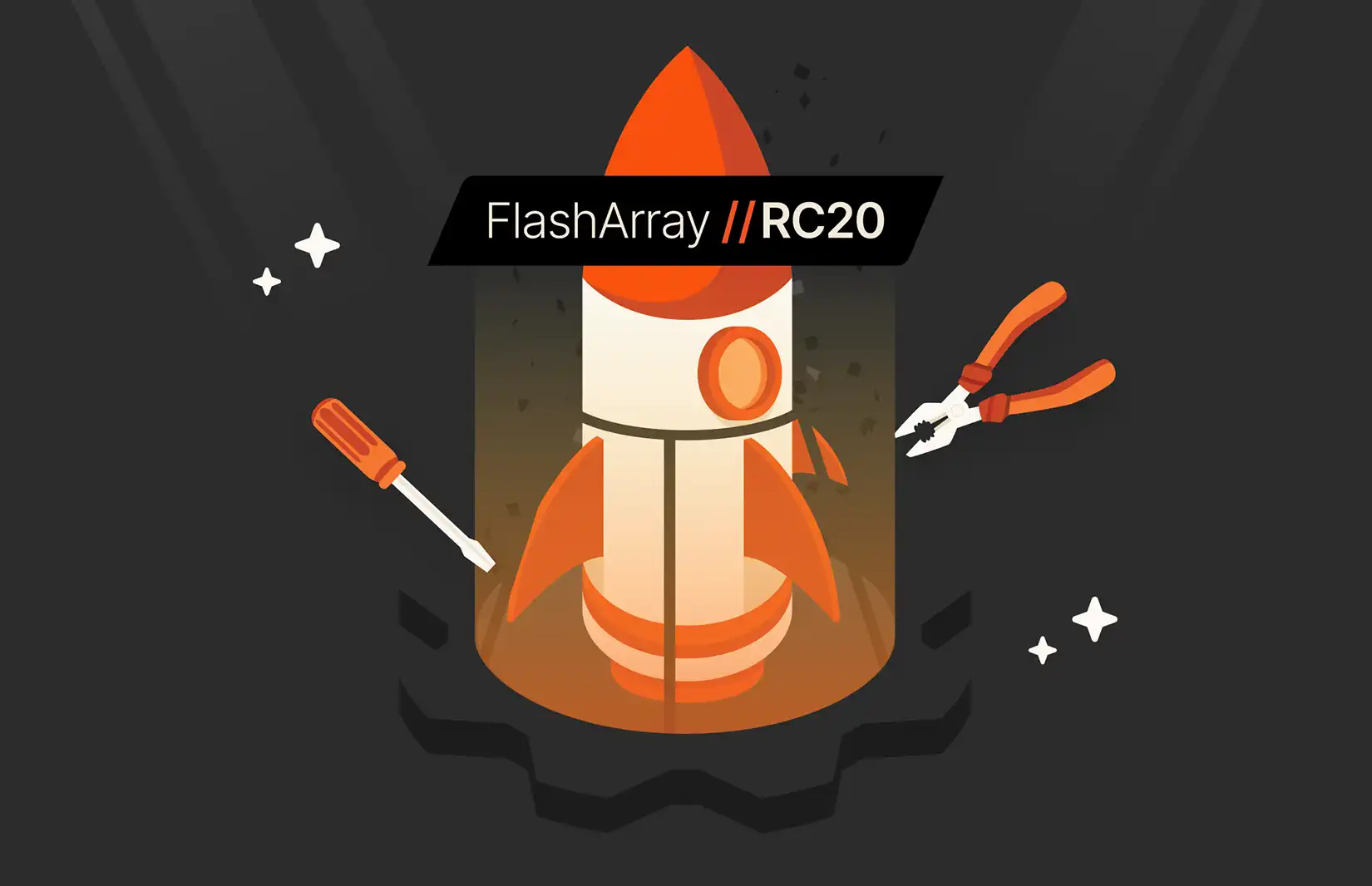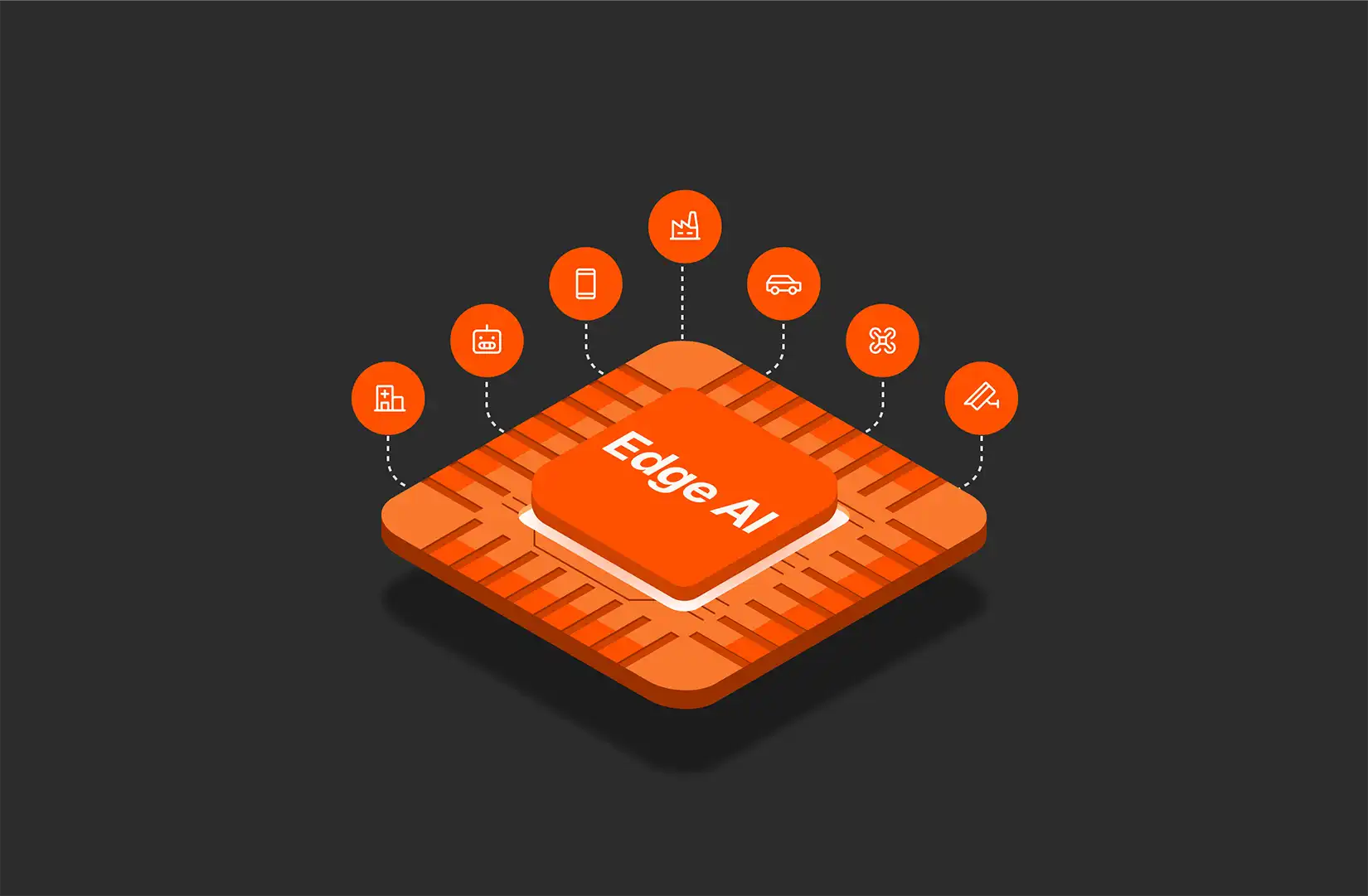AI and Machine Learning
AI and machine learning workloads require GPUs, specialized processors that process massive amounts of data from structured and unstructured sources. Maximize GPU efficiency and ROI with high-performance, architecturally optimized solutions. The Pure Blog will keep you up to date on the latest in AI and machine learning trends, what they mean for IT, and how data infrastructures can deploy the latest trends to be ready for whatever comes next.
-
Unleashing the Power of GenAI: How Pure Storage and Supermicro Are Transforming Enterprise AI Infrastructure with GenAI Pod
Organizations face many obstacles when it comes to implementing GenAI. A new solution from Pure Storage and Supermicro addresses these challenges and helps enterprises accelerate their GenAI initiatives.
By:
